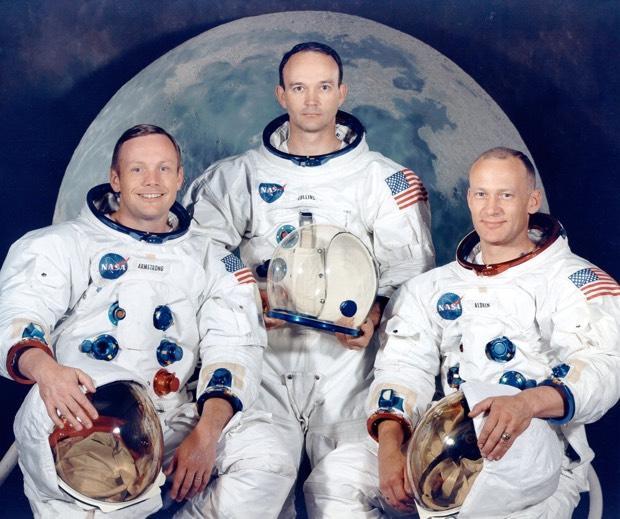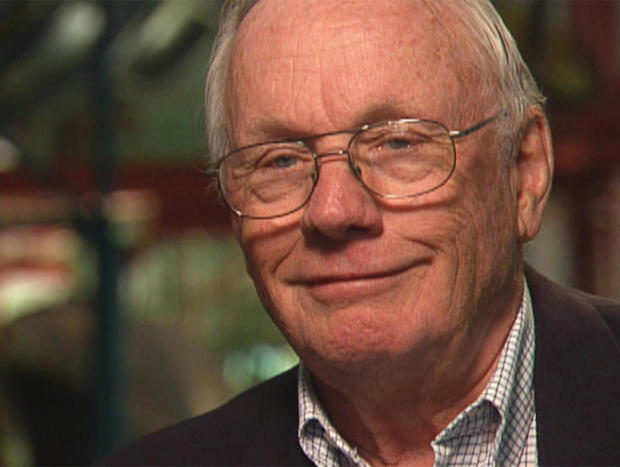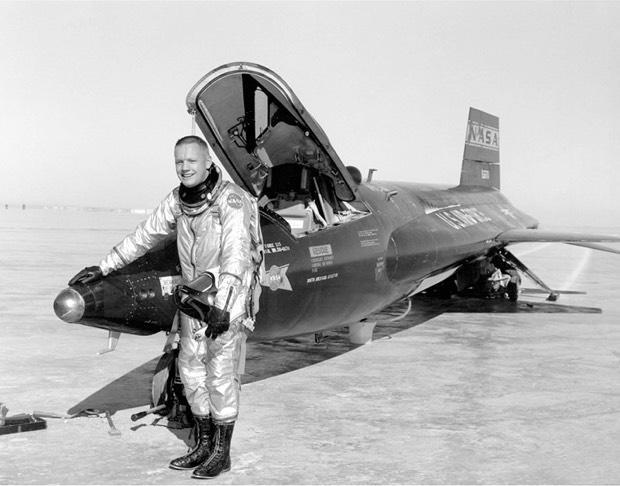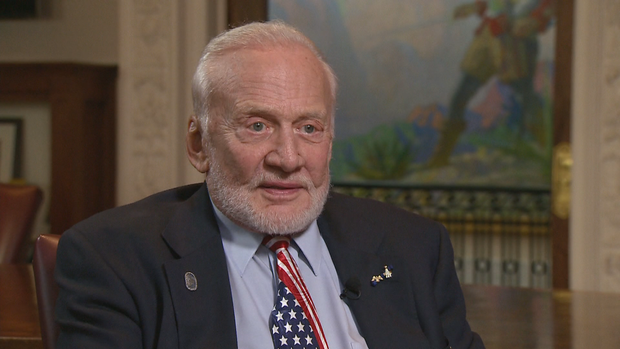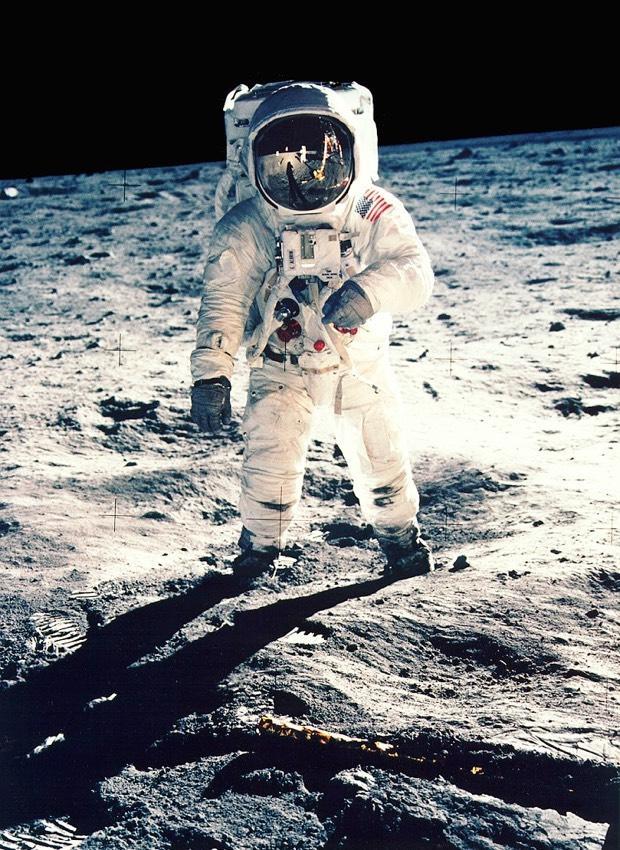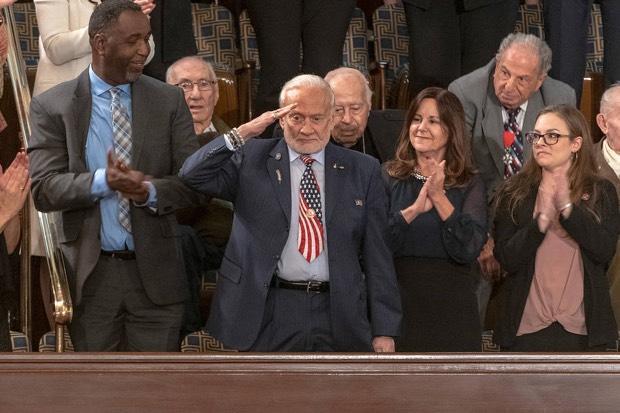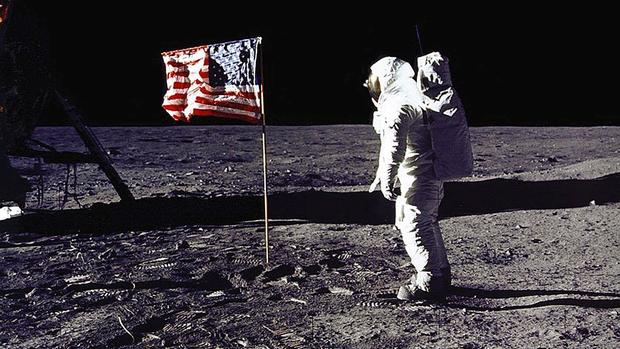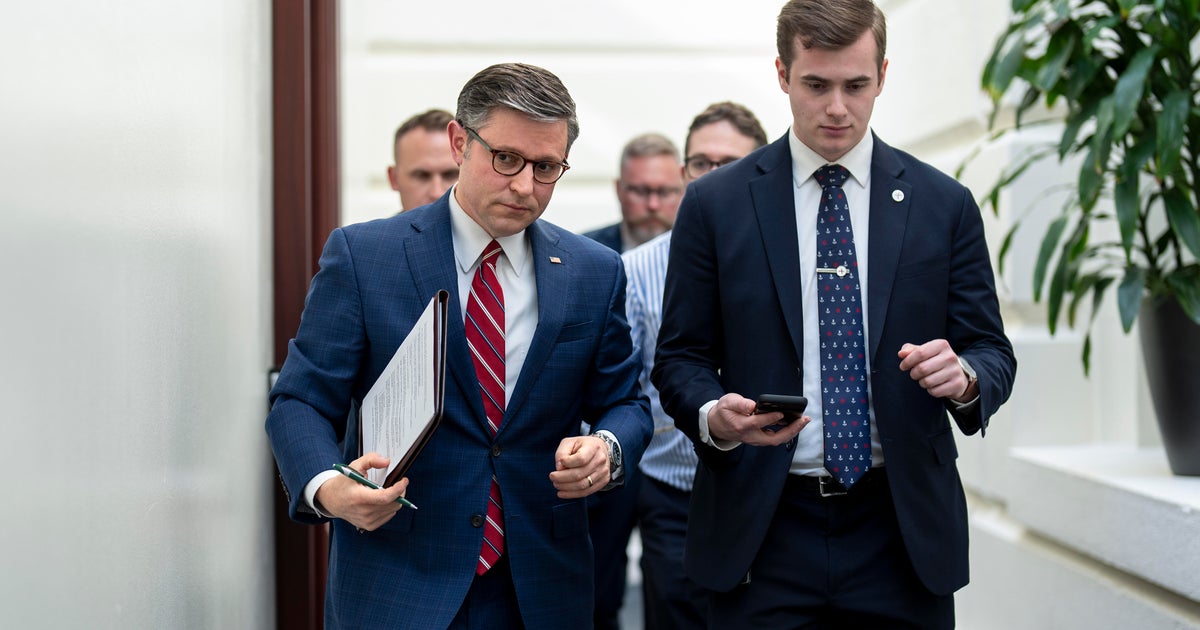The 3 "amiable strangers" who flew into history on Apollo 11
Apollo 11 commander Neil Armstrong, lunar module pilot Buzz Aldrin and command module pilot Mike Collins were assigned to the first moon-landing mission in January 1969, six months before launch. All three were accomplished spaceflight veterans, top-notch pilots and experts on Apollo's myriad systems. And they all had very different personalities.
Armstrong was the consummate test pilot who flew the fabled X-15 rocket plane to the edge of space and cooly overcame in-flight emergencies. Aldrin, like Armstrong a Korean War fighter pilot, earned a Ph.D. in orbital mechanics from MIT and helped perfect the rendezvous techniques needed by Apollo crews.
Collins, one of the most articulate astronauts, was an equally accomplished pilot who thoughtfully accepted his role as the man who would stay behind in lunar orbit while his more famous crewmates descended to the surface.
Given the crush of training, the pressure to pull off a daring mission in the glare of international publicity and the stratospheric fame that came after their return to Earth, it's not surprising, perhaps, that Collins described the trio as "amiable strangers" in his well-regarded memoir "Carrying the Fire."
"'Amiable stranger' just sort of popped out one time, but I didn't mean it to be a criticism," Collins told CBS News. "It was simply a description of our training cycle. We were put together as a crew six months before the landing. ... We had a terse, very busy six months.
"We felt the weight of the world on our shoulders," he said. "Everyone was looking. We were worried that we were going to screw something up. We were very busy. We had a lot of work to do and a short period of time to do it. We were further divided into command module and LEM (lunar lander) and so that made us amiable strangers. A good term. Not a bad way to describe it."
Neil Armstrong
Apollo 11 commander
(Aug. 5, 1930 - Aug. 25, 2012)
On July 20, 1969, Apollo 11 commander Neil Armstrong stepped onto the surface of the moon and into the pages of history with 11 words that instantly became synonymous with America's victory in the Cold War space race and, more broadly, with humanity's initial steps away from the home planet.
"That's one small step for (a) man," he said, "one giant leap for mankind."
Returning to Earth with fellow moonwalker Buzz Aldrin and command module pilot Mike Collins, Armstrong was celebrated as an international hero, receiving decorations from 17 countries along with dozens of medals, awards and other honors. He would forever be instantly recognizable as the "first man" to walk on the moon, a daunting level of fame that he wore with an easy smile and quiet grace.
Legendary CBS newsman Walter Cronkite later said Armstrong's name would be as familiar to school children 500 years from now as Christopher Columbus' name is today.
Armstrong left NASA shortly after Apollo 11 and devoted his life to teaching and private pursuits in engineering and aviation. He made no attempt to take advantage of his fame, routinely declining interview requests and seldom appearing at public events with media coverage.
One exception came in 2005 when he appeared on "60 Minutes" in concert with the release of "First Man," an authorized biography by historian James Hansen. Speaking with correspondent Ed Bradley, Armstrong said he did not deserve the celebrity that came with that first step on the moon.
He said the triumph of Apollo 11 was shared by 400,000 NASA and contractor workers and that in any case, he and Aldrin landed on the moon at the same time. It simply did not matter, he said, which one put the first boot print in the lunar soil.
"You sometimes seem uncomfortable with your celebrity," Bradley observed. "That you'd rather not have all of this attention."
"No, I just don't deserve it," Armstrong replied.
"But look. ... How many people have walked on the moon? Twelve?" Bradley asked. "You were the first. You were chosen to do that. That's special."
"I wasn't chosen to be first," Armstrong said. "I was just chosen to command that flight. Circumstance put me in that particular role."
Born in Wapakoneta, Ohio, on Aug. 5, 1930, Armstrong earned his pilot's license before he was old enough to legally drive a car. He attended Purdue University, earning a bachelor's degree in aeronautical engineering, and then moved on to the University of Southern California where he earned a master's degree.
He flew 78 combat missions for the Navy during the Korean War and then spent seven years as a test pilot, including pioneering flights in the X-15 rocket plane that carried him to the edge of space. He joined the astronaut corps in 1962.
Collins described Armstrong as a man who "savors" decisions, "rolling them around on his tongue like a fine wine and swallowing at the very last moment. Neil is a classy guy, and I can't offhand think of a better choice to be first man on the moon."
Armstrong demonstrated that calm under pressure during his flight as commander of the two-man Gemini 8 mission in 1966. He and astronaut David Scott carried out the first orbital docking, linking up with an Agena target satellite.
Shortly after, a jammed rocket thruster on the Gemini spacecraft sent the capsule into a wild tumble and only cool thinking by Armstrong and Scott prevented a disaster.
After leaving NASA, Armstrong taught aerospace engineering at the University of Cincinnati from 1971 to 1979 and then served as chairman of Computing Technologies for Aviation Inc., in Charlottesville, Virginia, between 1982 and 1992.
In 1986, Armstrong served as vice chairman of the presidential commission that investigated the 1986 Challenger disaster. His decorations include the Presidential Medal of Freedom, the Congressional Space Medal of Honor, the Explorers Club Medal, the Robert H. Goddard Memorial Trophy, the NASA Distinguished Service Medal and the Harmon International Aviation Trophy.
Armstrong died at age 82 on Aug. 25, 2012, after complications in the wake of heart surgery.
"I know I am joined by millions of others in mourning the passing of a true American hero and the best pilot I ever knew," Aldrin wrote. "My friend Neil took the small step but giant leap that changed the world and will forever be remembered as a landmark moment in human history.
"I had truly hoped that in 2019, we would be standing together along with our colleague Mike Collins to commemorate the 50th Anniversary of our moon landing. Regrettably, this is not to be. Neil will most certainly be there with us in spirit."
Buzz Aldrin
Apollo 11 lunar module pilot
(Born Jan. 20, 1930)
A veteran Korean War fighter pilot with a doctorate in orbital mechanics, Buzz Aldrin, now 89, followed in Apollo 11 commander Neil Armstrong's footsteps to become the second man to walk on the moon, a mantle that settled heavily on the shoulders of a brilliant super achiever who had hoped to be first.
Aldrin finally embraced his role and the celebrity that came with it, becoming one of the most tireless advocates of human space exploration, a familiar presence at conferences and space-related events around the world.
"Of all the guys who went to the moon, he's probably the one who's remained the most devoted to space exploration and how to get us farther out in space, how to get us to Mars," said Andrew Chaikin, author of "A Man on the Moon: The Voyages of the Apollo Astronauts." "That is his passion, he wants us to go to Mars and become a multi-planet species."
Forever known as the "second man on the moon," Aldrin struggled with his place in history, enduring bouts of depression and alcoholism before moving on to become the astronaut corps' foremost space ambassador and self-described "Global Statesman for Space."
"I think he had a difficult relationship with his fame, always did, and it was hard on him," Chaikin said. "And of course, he was very candid about his alcoholism and depression and his emotional struggles. That was very brave as a national hero and Apollo astronaut to bring all that out in the open, but he did that, and I have great admiration for him."
Armstrong, Aldrin and Collins blasted off for the moon on July 16, 1969, just eight years after President John F. Kennedy committed the nation to sending humans to the moon and returning them safety to Earth "before this decade is out."
Four days after launch, Armstrong and Aldrin entered the lunar lander Eagle, left Collins behind in orbit and descended to touchdown on the moon's Sea of Tranquillity.
In his book "Men From Earth," Aldrin recalled staring out "at the rocks and shadows of the moon," moments after touchdown. "It was as stark as I'd ever imagined it. A mile away, the horizon curved into blackness. I reached across and shook Neil's hand, hard. We had pulled it off. Five months and 10 days before the end of the decade, two Americans had landed on the moon."
After returning to Earth, Aldrin said he experienced an emotional let down and, eventually, periodic bouts of depression fueled in part by a belief that at age 39 he had nothing left to accomplish.
"The whole thing got to be too much," he told the Los Angeles Times. "I was on my way to having a good old American nervous breakdown."
Aldrin resigned from NASA in 1971 and attempted to continue his Air Force career, serving eight months as commandant of the Air Force Aerospace School at Edwards Air Force base, Calif. But in March 1972, he retired from active duty.
He revealed his battle with depression and alcohol abuse in his 1973 book "Return to Earth," one year after he and his first wife, Jean Ann Archer, divorced. He married two more times and divorced his third wife in 2012. He legally changed his first name to "Buzz" and devoted his time to public speaking, space advocacy and studying scenarios for future Mars missions.
Aldrin recently was embroiled in a legal flight with two of his adult children and his former manager who sought legal guardianship over the moonwalker's affairs. Aldrin, in turn, accused them of slander and financial misconduct. In March, the children withdrew their petition and Aldrin's civil lawsuit was dropped.
Born Jan. 20, 1930, Aldrin graduated third in his class at West Point in 1951. He then joined the Air Force, flew F-86 fighter jets, shot down two enemy MiG-15s during the Korean War and earned the Distinguished Flying Cross.
He went back to school and earned a doctorate in aeronautics and astronautics at the Massachusetts Institute of Technology in 1963, focusing on orbital rendezvous techniques that were used during the Gemini program.
Aldrin was selected as a NASA astronaut later in 1963, earning the nickname "Dr. Rendezvous." Three years later, he blasted off with astronaut James Lovell aboard the Gemini 12 spacecraft and carried out a textbook spacewalk. The mission closed out the Gemini program and set the stage for Apollo.
Michael Collins
Apollo 11 command module pilot
(Born Oct. 31, 1930)
The oft-overlooked member of the Apollo 11 crew, Mike Collins, now 88, stayed behind in orbit aboard the command module Columbia while Neil Armstrong and Buzz Aldrin descended to the first moon landing on July 20, 1969.
"Did I have the best seat on Apollo 11? No, but I was absolutely thrilled to have the seat that I did have," he told CBS News in a recent interview. "It was a culmination of John F. Kennedy's mandate. And I was proud to be a part of that."
Veteran of a two-man Gemini spaceflight in 1966, Collins said flying to the moon did not result in any profound changes in his life — "I did not find God on the moon," he wrote in his memoir "Carrying the Fire" — but the mission did change his perspective.
"I have been places and done things you simply would not believe," he wrote. "I have seen the sun's true light, unfiltered by any planet's atmosphere. I have seen the ultimate black of infinity in a stillness undisturbed by any living thing. I have been pierced by cosmic rays on their endless journey from God's place to the limits of the universe, perhaps there to circle back on themselves and on my descendants."
Born to a military family in Rome, Italy, on Oct. 31, 1930, Collins attended the Military Academy at West Point, N.Y., becoming a fighter pilot and later, an Air Force test pilot at fabled Edwards Air Force Base, Calif. He applied to NASA to become an astronaut and was accepted, on his second try, in 1963.
On July 18, 1966, Collins and commander John Young, a future moonwalker and space shuttle commander, blasted off from Cape Canaveral in a two-seat Gemini capsule for the most complex flight to that point in America's space program. The crew carried out two rendezvous runs to Agena target spacecraft and set a world-record altitude of 475 miles.
Collins walked in space twice, becoming the third American to venture outside a spacecraft in Earth orbit.
Originally scheduled to fly aboard the Apollo 8 mission, Collins was taken off flight status because of surgery to remove a bony growth near his spine. He was reassigned to Apollo 11, blasting off on July 16, 1969, with Armstrong and Aldrin. As command module pilot, he was responsible for rendezvousing with the lunar lander after his crewmates took off from the moon's surface.
During their 21-hour stay on the surface, Collins was as alone as any explorer can be, especially when the command module's orbit carried the ship around the far side of the moon.
"If a count were taken, the score would be 3 billion plus two over on the other side of the moon, and one plus God only knows what on this side," he wrote of the experience. "I feel this powerfully — not as fear or loneliness — but as awareness, anticipation, satisfaction, confidence, almost exultation. I like the feeling."
But that doesn't mean he has any desire to return to the moon.
"Been there, done that," he told CBS News.
"My primary recollection is not that of the moon," he said. "It is of the Earth as seen from 230,000 miles out. "It's a fragile place. And we need to do a better job of taking care of it.
"The other thing about it is, of course, that there are no people that you can see from that distance. There's no delineation, there's no country A or country B. It's one tiny, little thing, one globe. And I wish that we had a more global perspective in some of our daily lives and our political decisions than we seem to have."
